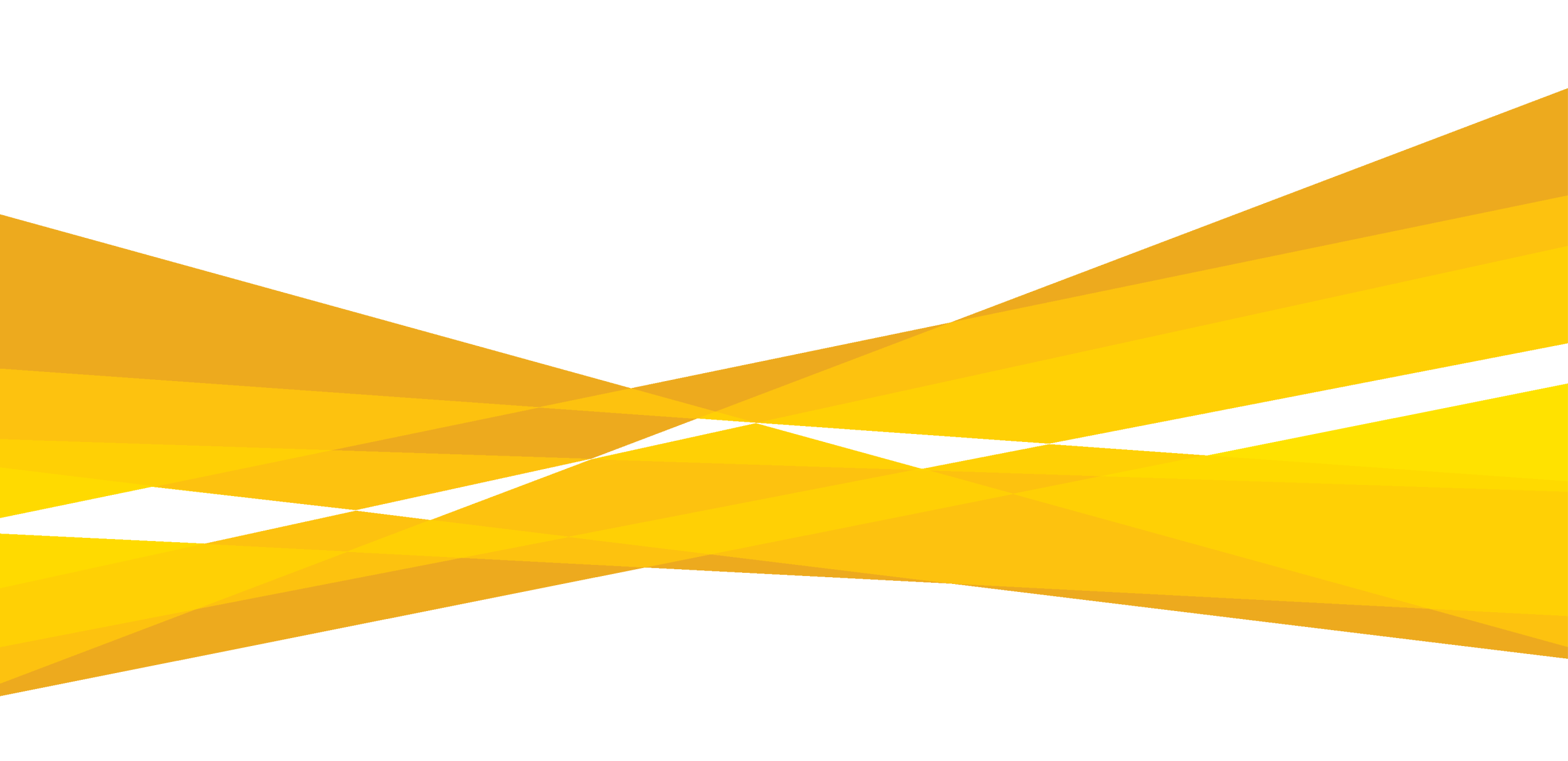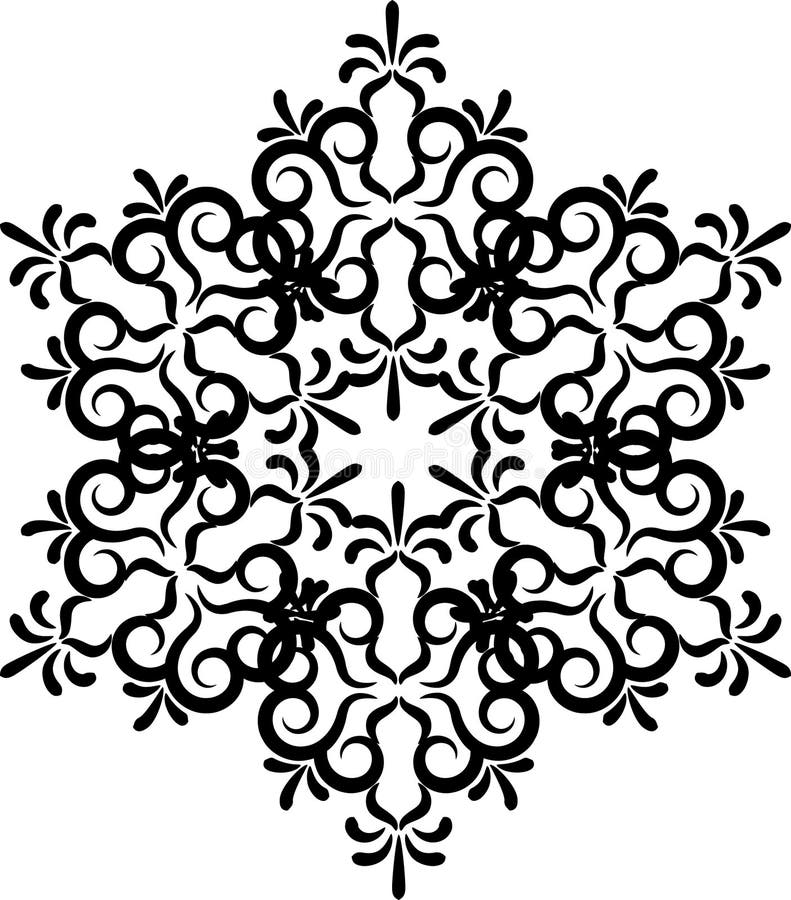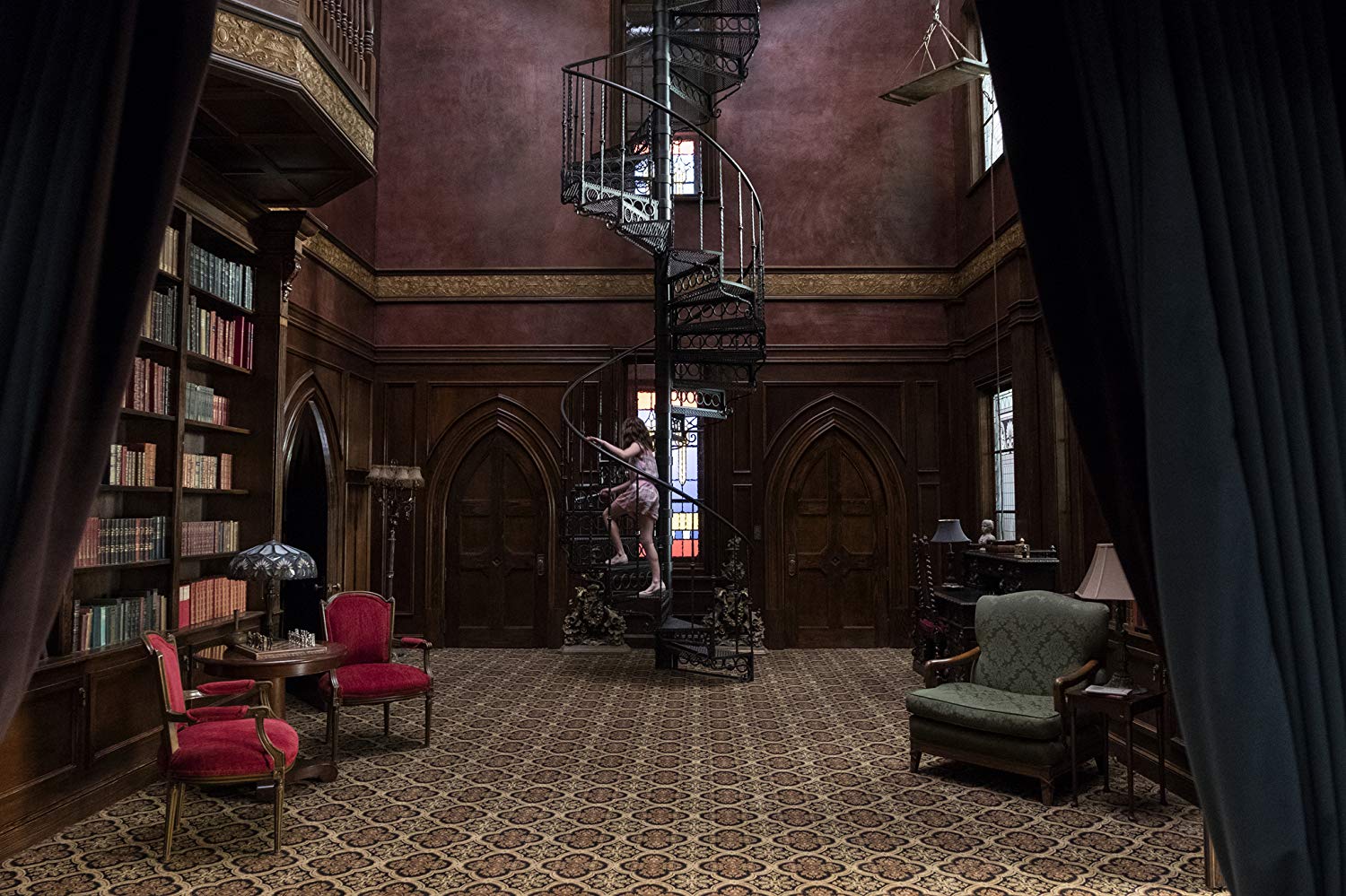Table Of Content

Visual texture refers to the appearance and quality of a surface, suggesting what it’s made of. Just like shape, almost everything around us has texture and we can feel it both with a touch and sight. It can make your line, shape, or form soft, rough as a stone, fluffy, etc. For example, blue usually evokes emotions of tranquility, trust, and stability, while red is a louder color expressing passion, excitement, and sometimes anger. So, knowing the psychology of colors will help you decide whether you should go with red, blue, or maybe yellow and what colors you should mix with them for the best result.
Examples of Visual Design Elements and Principles
Look at different hues, saturation, and brightness before you make a selection. Consider which color space you need to work in and what the best practices are for print or screen use. Transitioning from 2D to 3D design introduces additional elements and considerations that add complexity and depth to design work. Proportion refers to the relative size and scale of the various elements in a design. It’s about balancing elements so that none are overpowering unless intended.

What is Bohemian style? Interior designers explain how to create this laid-back, eclectic look
AbstractSteel moment-resisting frames (MRFs) are widely used in seismic regions worldwide. In this presentation, Lignos demonstrates a new design philosophy that defies the current paradigm in capacity-designed steel MRFs. Alternative dissipative mechanisms are explored to minimize earthquake-induced damage in connections and other members. A principal goal is to retain simplicity in the seismic design of steel MRFs. 'I love to add boho elements to a home by mixing prints, experimenting with unexpected pops of color, and mixing and matching different styles of art,' adds Kathy Kuo.
Color as a Vehicle for Emotions
These principles are guidelines that are used to visually communicate the ideas represented by the elements. With a simple drawing a line is regarded as just a mere stroke of a pen, but in the field or study of design, a line connects any two points. Lines are effectively used in separating or creating a space between other elements or to provide a central focus. Franks Spillers’ design checklist is an example of customized design principles for mobile user experience (UX) design. If you enforce unity across your creatives, your designs will begin to look dull and need more dynamism. Create refreshing pops in the sea of brand guidelines and color guides.
Movement
Straight lines often symbolize stability and order, while curved lines evoke a sense of grace and flow. The strategic use of lines can add dynamism and direction to a design, leading the viewer's gaze to important focal points or creating a sense of balance and harmony. Positive space, conversely, is filled with the design's actual elements, such as text, images, and shapes, working in harmony with negative space to create an effective composition. They serve as the foundation for almost all forms of design work, acting as the starting point from which other elements emerge. In graphic design, lines are used to separate content, direct the viewer's eye, and create a sense of harmony.
Texture in packaging: an underutilized design element - PlasticsToday
Texture in packaging: an underutilized design element.
Posted: Fri, 01 Dec 2023 01:51:02 GMT [source]
Ready to make your logo?
However, remember that you don’t have to follow all of these principles to have a groundbreaking design. The way a viewer’s eye travels over the design, the way they “read” it, is told by movement. It is the active and visible distance or area between and around, above, and below or within the elements used in one project design. Alignment serves to put elements together in a visible and readable arrangement. It specifically refers to positioning items in such a way that they line up with each other..

The right balance of negative and positive space makes the composition complete and helps to create visual interest. Below, we've shared five of the core bohemian design principles to follow throughout your home decor ideas, as suggested by designers. The two basic categories of space are negative space and positive space.
Contrast creates visual excitement and increases the interest of any work of art or design creation. Scale and proportion are used to indicate the exact size of an object or to emphasize the difference in size of two objects found on a particular visual presentation. They are responsible for bringing balance, proportion, and contrast to every design. Have an easy-to-scan visual hierarchy that reflects users’ needs, with commonly used items handily available.
What Makes Good Design? Basic Elements and Principles
Allows for content and ad personalization across Google services based on user behavior. Permits storing data to personalize content and ads across Google services based on user behavior, enhancing overall user experience. Gestalt is the reason that we can see a square, circle and triangle even though the lines are not complete. We see the whole formed by the dotted lines first, before perceiving the separate dotted lines in each of the images. Although simple, lines can possess a large variety of properties that allow us to convey a range of expressions.
Form refers to the three-dimensional aspect of an object, providing it with depth, volume, and mass. In a two-dimensional design, form is represented through shading, shadows, and highlights, giving the illusion of a solid object. Understanding form is vital for creating realistic and visually appealing designs, as it allows for the depiction of lifelike objects and characters with depth and dimension. Space, or negative space, is the area around and between the elements of a design. It helps to define the boundaries of positive space (where elements are placed) and can be used to create a sense of balance and structure.
Above, the diagonal lines add a ‘grip’ effect to an otherwise ‘smooth’ rectangle. In paint, colours mix subtractively because the pigments in paints absorb light. When different pigments are mixed together, the mixture absorbs a wider range of light, resulting in a darker colour. A subtractive mix of cyan, magenta and yellow will result in a black colour. A subtractive mix of colours in paint and print produces the CMYK (i.e., Cyan, Magenta, Yellow and blacK) colour system.
A straight line can send the feel of order and neatness, while a wavy line can create movement. Lines are the most basic element of design, and they make up pretty much everything. They can also be defined as linear marks that can describe a shape or outline something. Make sure you know the fundamentals of color theory to choose colors that complement each other.
Colour and size are the most common ways we can create hierarchy — for instance, by highlighting a primary button, or using larger fonts for headings. Items that appear at the top of a page or app also tend to be viewed as having a higher hierarchy than those appearing below. The WWF logo, shown earlier, is an example of making use of the principle of gestalt to create interesting designs.

No comments:
Post a Comment